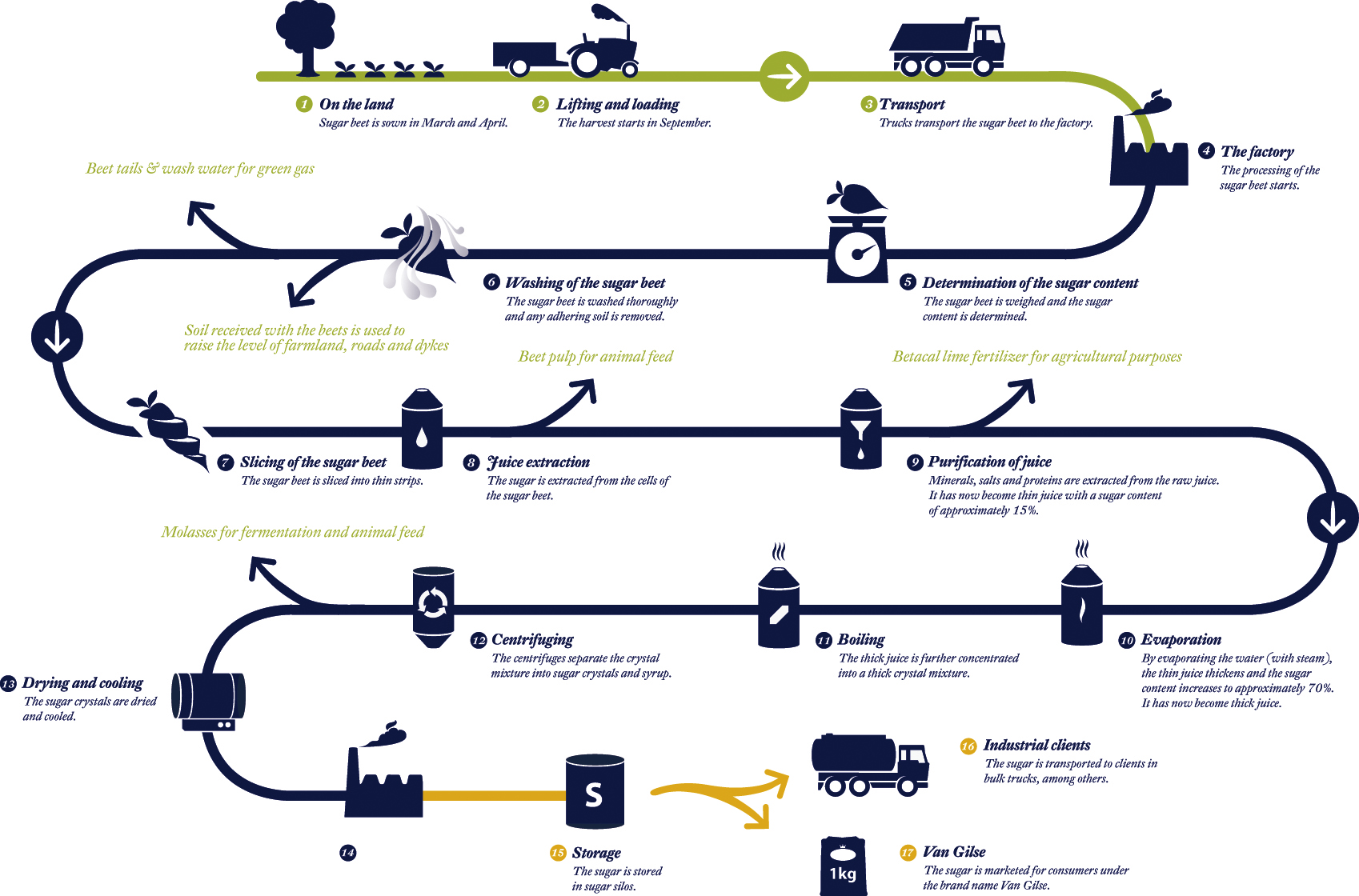PRODUCTION PROCESS
It is the process followed in a plant for converting semi- finished products or raw materials into finished products or raw materials into finished products. The art of converting raw material into finished goods with application of different types of tools, equipments, machine tools, manufacturing set ups and manufacturing processes, is known as production. Generally there are three basic types of production system that are given as under.
1. Job production
2. Batch production
3. Mass production
Job production comprises of an operator or group of operators to work upon a single job and complete it before proceeding to the next similar or different job. The production requirement in the job production system is extremely low. It requires fixed type of layout for developing same products.
Manufacturing of products (less in number say 200 to 800) with variety of similar parts with very little variation in size and shape is called batch production. Whenever the production of batch is over, the same manufacturing facility is used for production of other batch product or items. The batch may be for once or of periodical type or of repeated kinds after some irregular interval. Such manufacturing concepts are leading to GT and FMS technology.
Manufacturing of products in this case requires process or functional layout. Where as mass production involves production of large number of identical products (say more than 50000) that needs line layout type of plant layout which is highly rigid type and involves automation and huge amount of investment in special purpose machines to increase the production.
PROCESS PLANNING
Process planning consists of selection of means of production (machine-tools, cutting tools, presses, jigs, fixtures, measuring tools etc.), establishing the efficient sequence of operation, determination of changes in form, dimension or finish of the machine tools in addition to the specification of the actions of the operator. It includes the calculation of the machining time, as well as the required skill of the operator. It also establishes an efficient sequence of manufacturing steps for minimizing material handling which ensures that the work will be done at the minimum cost and at maximum productivity. The basic concepts of process planning are generally concerned with the machining only. Although these concepts may also be extended to other processes such as casting, forging, sheet metal forming, assembling and heat treatment as well.
Reference Introduction to basic Manufacturing Processes and Workshop Technology by Rajender Singh.
For engineering project visit this page regularly for know more things related project ideas. Click here to see Ideas of Projects.












Post Comment
You must be logged in to post a comment.